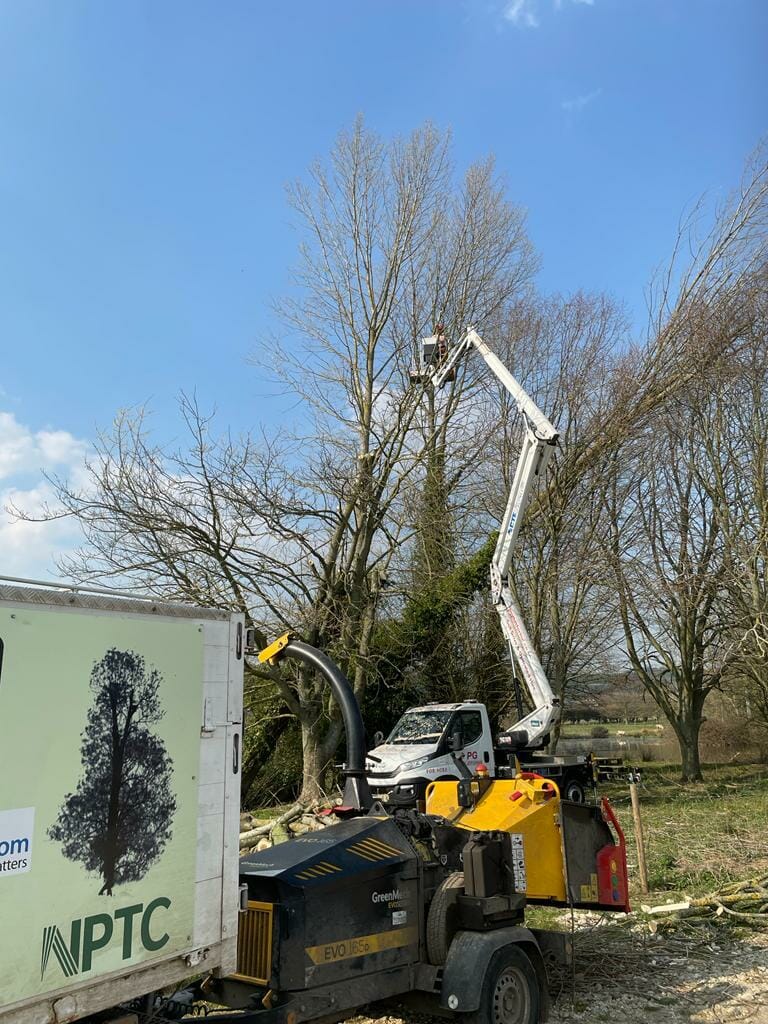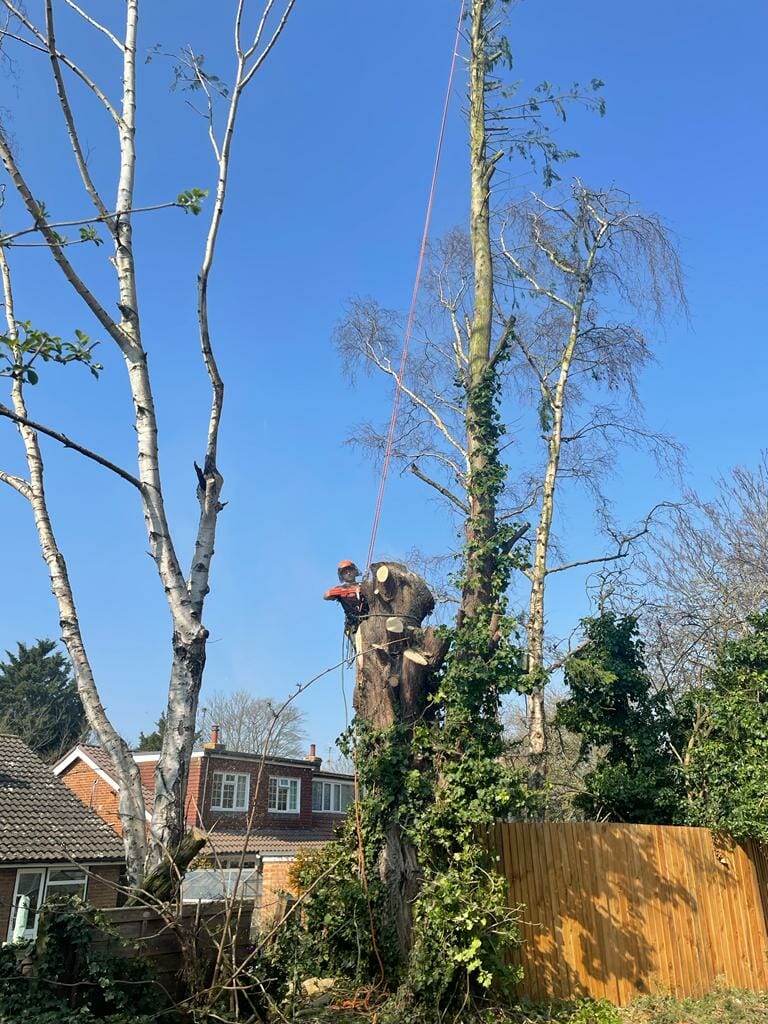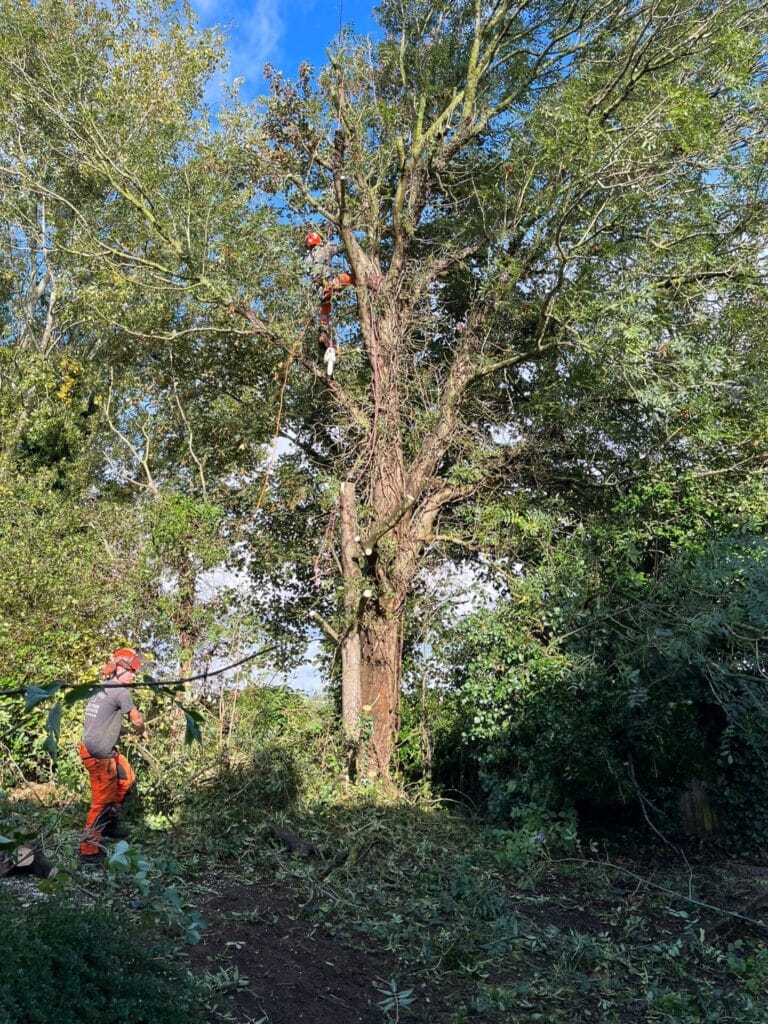How long does it take to become a tree surgeon:
If you have a passion for the great outdoors, a love of trees, and the desire to work in a hands-on, physically demanding profession, then becoming a tree surgeon might be the perfect career path for you. As with any specialised field, training to become a tree surgeon requires dedication, commitment, and a significant investment of time and effort. In this blog, we’ll explore the journey to becoming a professional tree surgeon, including the time and training required to excel in this rewarding and essential profession.
The Road to Becoming a Tree Surgeon
Becoming a qualified tree surgeon involves a combination of formal education, on-the-job training, and acquiring specific certifications and licenses. As a tree surgeon, you’ll be responsible for the care, maintenance, and removal of trees in a variety of settings, from residential landscapes to urban environments. This profession demands a comprehensive understanding of tree biology, proper pruning techniques, safe climbing practices, and the operation of specialised equipment, all of which require rigorous training and experience.
Formal Education and Training
Many aspiring tree surgeons begin their journey by pursuing formal education in arboriculture or related fields. While a college degree is not always a mandatory requirement, obtaining a degree in arboriculture or a related field can provide a solid foundation of knowledge and skills. Arboriculture programs often cover topics such as tree biology, plant pathology, soil science, tree risk assessment, and urban forestry, giving students a comprehensive understanding of tree care and maintenance.
Depending on the program and the level of education pursued, obtaining a degree in arboriculture can take anywhere from two to four years. Additionally, there are certificate programs and vocational training options that can provide focused, hands-on instruction in tree care and arboriculture, typically spanning several months to a year.
On-the-Job Training and Apprenticeships
While formal education provides a strong theoretical understanding of arboriculture, on-the-job training and apprenticeships are crucial for developing the practical skills necessary to excel as a tree surgeon. Many aspiring tree surgeons seek out opportunities to work alongside experienced professionals, gaining firsthand experience in tree climbing, pruning, rigging, and operating chainsaws and other equipment.
Apprenticeships and entry-level positions with landscaping companies, tree care services, or municipal arboricultural departments provide valuable hands-on experience and mentoring from seasoned professionals. This phase of training typically lasts for several years, during which apprentices learn to apply their theoretical knowledge in real-world settings and develop essential safety skills and proficiency in tree care techniques.
Certifications and Licensing Requirements
In addition to formal education and on-the-job training, aspiring tree surgeons must obtain specific certifications and licenses to legally practice in many regions. The requirements for certification and licensing can vary by location, but often include demonstrating proficiency in areas such as tree climbing, aerial rescue, chainsaw operation, and the application of modern arboricultural practices.
Professional organisations such as the International Society of Arboriculture (ISA) offer certification programs that assess a tree surgeon’s knowledge and skill level in various aspects of arboriculture. Achieving certification through organisations like the ISA involves passing rigorous exams and meeting experience requirements, further establishing one’s credibility and expertise in the field.
Evolving Skills and Ongoing Education
Even after completing formal education, on-the-job training, and obtaining necessary certifications, the learning process for tree surgeons continues throughout their careers. Successful tree surgeons are committed to ongoing professional development, staying current with industry best practices, safety standards, and technological advancements in arboriculture.
Advancements in tree care techniques, equipment, and environmental considerations necessitate a commitment to continuous learning and skill development. Tree surgeons often attend workshops, seminars, and industry events to stay abreast of the latest developments in arboriculture and to network with other professionals in the field.
The Time Investment
Considering the multifaceted nature of training to become a tree surgeon, the path to professional competence in this field is not a quick or easy one. The time required to train as a tree surgeon can vary significantly based on individual circumstances, including the level of formal education pursued, the duration of on-the-job training and apprenticeships, and the time required to obtain necessary certifications and licenses.
In general, the journey to becoming a fully qualified and skilled tree surgeon can span anywhere from 3 to 7 years or more. This time frame encompasses the pursuit of formal education, hands-on training, and the acquisition of industry-recognised credentials. Keep in mind that becoming a proficient tree surgeon is not solely about meeting a minimum time requirement but rather about gaining the knowledge, skills, and experience necessary to responsibly care for and maintain trees in diverse environments.
The Rewards of a Career in Arboriculture
While the road to becoming a tree surgeon demands dedication and hard work, the rewards of pursuing this career path can be immensely fulfilling. Tree surgeons play a vital role in preserving and enhancing the health and beauty of our natural surroundings, contributing to the well-being of communities and ecosystems alike.
The physical and mental challenges of arboricultural work, combined with the opportunity to work outdoors and make a tangible impact on the environment, make this profession both satisfying and meaningful for those who are drawn to it. Additionally, the demand for skilled tree care professionals continues to grow as urban and suburban populations expand, offering promising opportunities for those entering the field.
In conclusion, the journey to becoming a proficient tree surgeon is a multifaceted process that requires dedication, training, and ongoing commitment to professional growth. While the time investment may be significant, the potential for a rewarding career in arboriculture awaits those who are willing to embark on this challenging and essential path. If you’re passionate about trees and the outdoors and are willing to invest the time and effort required, a career in tree surgery may be the perfect fit for your aspirations and talents.
Whether you’re just starting your journey or considering a career change, the field of arboriculture offers a fulfilling and impactful way to work with nature and contribute to the well-being of our environment. So, if you’re ready to embrace the challenge and excitement of becoming a tree surgeon, start by exploring the educational and training opportunities available to you, and take the first step toward a rewarding and meaningful career caring for the majestic trees that enrich our world.



